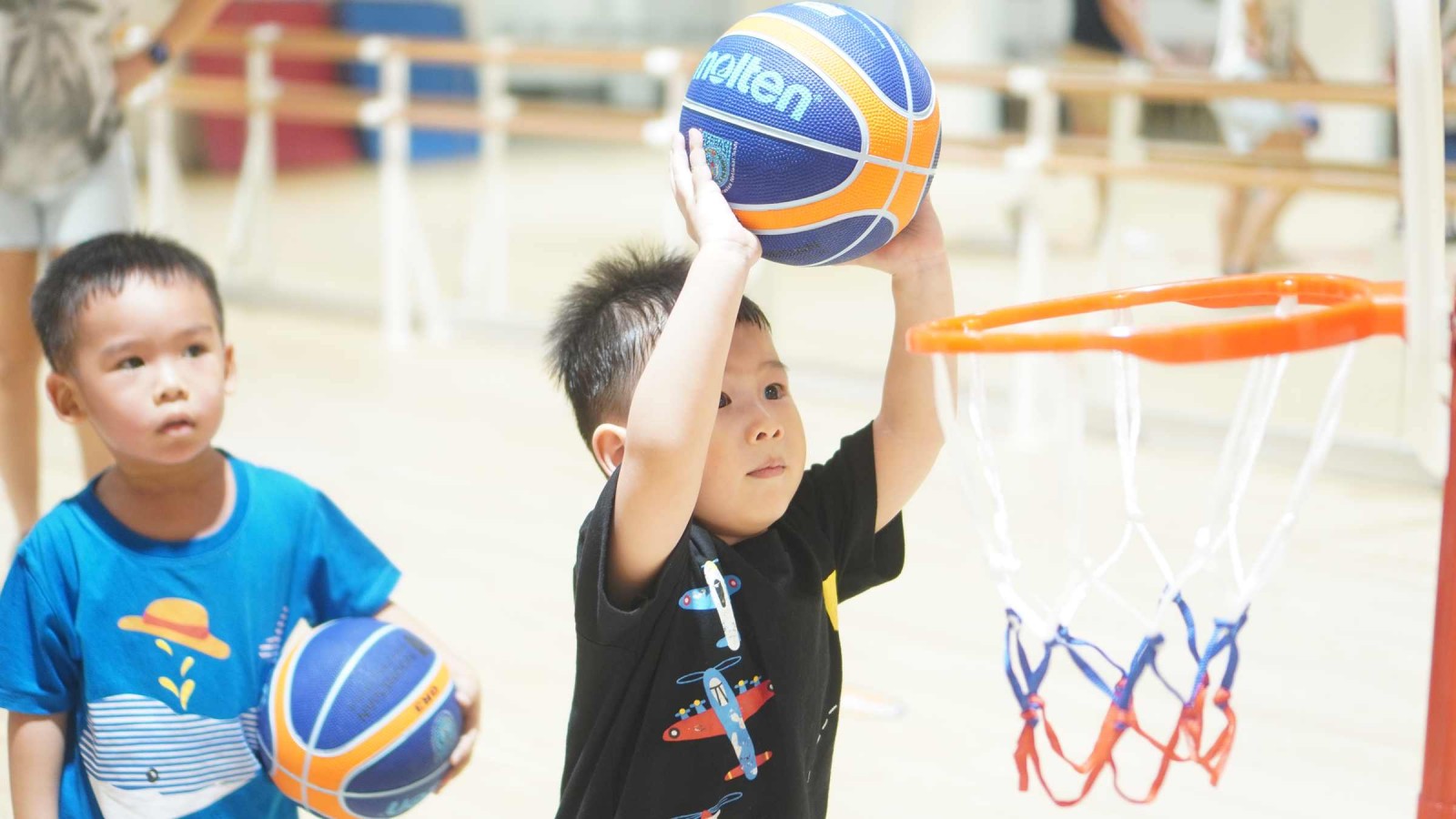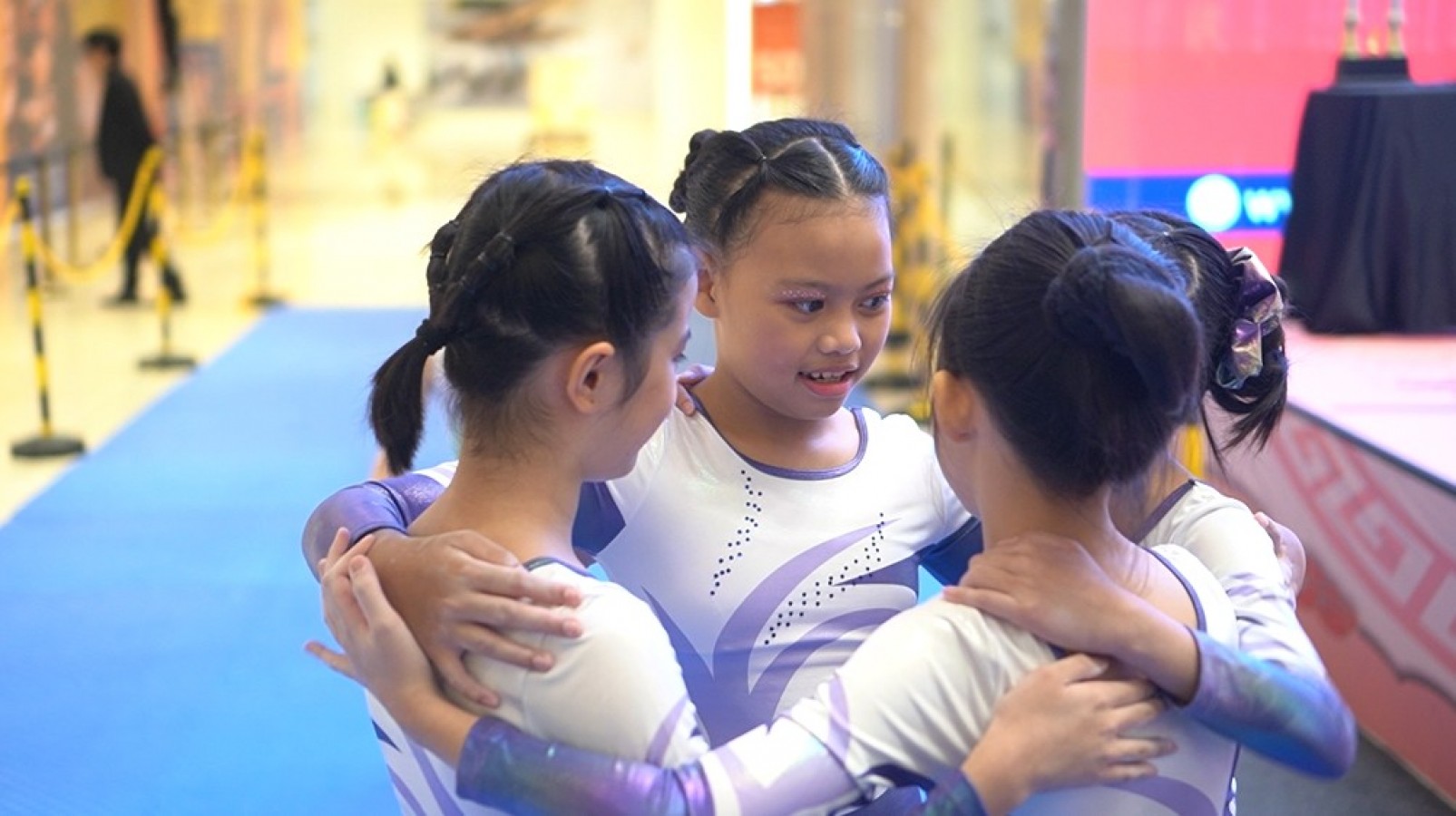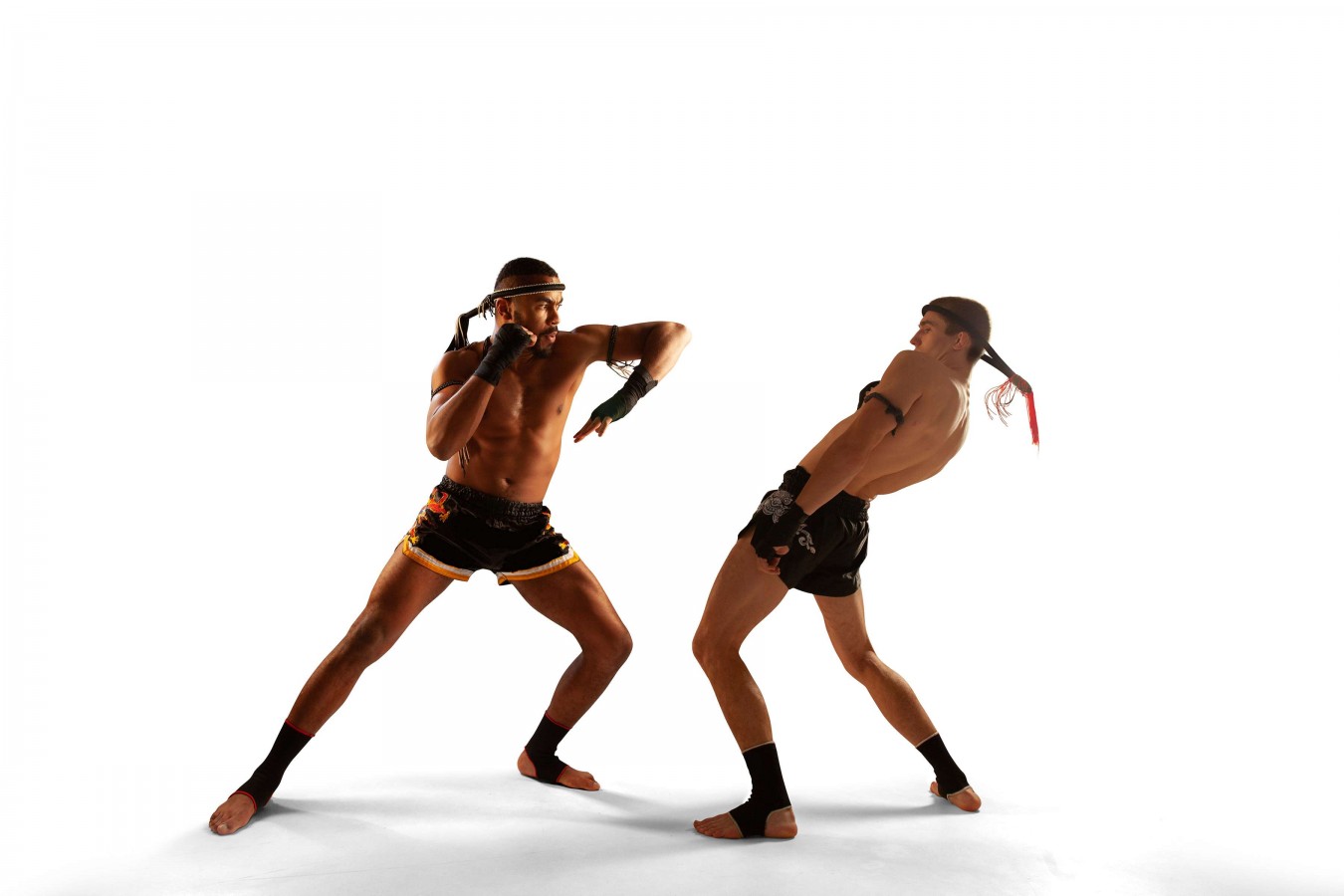Your Children Love to Throw? Here's Throwing Activities for Toddlers

Toddlers are adorable little bundles of energy, and let’s face it. They also can be pretty unpredictable! Some might even love to throw things around. But instead of seeing it as a bad habit, why not embrace it? If your toddler loves to throw, it's actually a sign they’re full of energy and curiosity!
Instead of trying to stop them, why not channel that throwing instinct into fun and safe activities? Turning throwing into a physical activity is a great way to keep them active and engaged. Ready to turn their throwing skills into something awesome? Check out these throwing activities for toddlers!
Why Do Toddlers Love Throwing Objects?
Throwing is an exciting way for toddlers to explore their environment and discover cause-and-effect relationships. When they throw a ball or an object, they observe its motion, trajectory, and the resulting reactions, sparking curiosity and learning.
Toddlers love throwing objects for several reasons. Throwing helps improve hand-eye coordination, fine motor control, and spatial awareness, supporting their gross motor skill development. Mastering this new skill gives them a sense of control and independence.
Additionally, throwing objects often garners reactions from parents, reinforcing the behavior. Sometimes, toddlers use throwing as a way to express emotions like excitement, frustration, or joy. Understanding these motivations allows parents to respond positively and guide their child’s development constructively.
How Parents Can Support Their Toddler's Throwing
Watching your toddler throw things around can be both fun and a little wild. But the good news is, you can actually turn that energy into a positive learning experience. Here's how you can support your toddler's throwing skills in a fun and safe way:
A. Provide Safe Spaces
First things first: safety! Make sure you have a dedicated space for throwing activities that’s free from breakable objects or anything that could be a hazard. A soft carpet, an open area in the living room, or even a backyard space is perfect for this.
This way, you can let your little one throw to their heart’s content without worrying about broken vases or anything sharp.
B. Use Age-Appropriate Objects
When it comes to throwing, size matters. Choose soft, lightweight balls or bean bags that are easy for little hands to grab and throw. You want to make sure the objects are safe, so no heavy toys or hard balls just yet.
Soft toys or foam balls are perfect for helping toddlers practice their throws while avoiding any accidental bumps or bruises.
C. Model Proper Throwing
Toddlers love to imitate what they see, so be their role model. Show them how to throw objects gently and aim toward a specific target (like a basket or a hula hoop).
As you demonstrate, use simple words like “gentle throw” or “try to aim for the hoop,” and your toddler will start understanding the basics of control and aim. They’re watching, learning, and ready to copy.
D. Encourage Practice
Make throwing a regular part of your toddler’s day with fun games and activities. You can set up a mini “target” area, like a laundry basket, or play a game where they have to throw a softball into a bucket.
This helps them practice their aim, hand-eye coordination, and motor skills while having a blast! The more they practice, the better they’ll get.
E. Set Boundaries
While throwing is fun, it’s important to teach your toddler when and where it’s okay to throw objects. For example, explain that throwing is for the backyard or during certain games, but not for inside the house or at people.
Setting these boundaries helps your toddler understand the difference between appropriate and inappropriate times for throwing, which is a great way to instill discipline early on.
F. Praise Efforts
Remember to celebrate your toddler’s throwing attempts, no matter how big or small! Whether they miss the target by a mile or land it right in the basket, cheering them on will boost their confidence and make them more excited to keep practicing.
Positive reinforcement is key to helping them feel motivated and proud of their progress!
Throwing Activities for Children Who Like to Throw
Engaging your toddler in fun throwing activities helps channel their energy positively and enhances their physical development. Here are some exciting activities to try:
1. Target Toss
Set up buckets, hula hoops, or targets at various distances. Encourage your toddler to throw soft balls or bean bags into the targets. This activity improves aim, focus, and hand-eye coordination.
2. Bowling with Bottles
Use empty plastic bottles as pins and soft balls for bowling. Let your child knock them down with their throws. This will help teach precision and control.
3. Balloon Toss
Inflate a balloon and encourage your toddler to throw and catch it. Balloons move slowly, allowing toddlers to practice throwing without the fear of hard impacts.
4. Animal Rescue
Scatter soft toys or stuffed animals across a room. Provide a basket and ask your child to throw the toys into it, pretending to “rescue” them. This adds an imaginative element to the activity.
5. Paint Toss
Create art by throwing sponges or paint-filled balloons at a large canvas or sheet. This combines creativity with physical activity.
6. Obstacle Course Throws
Design a mini obstacle course with stations for throwing tasks. For example, throw a ball through a hoop or knock down a tower of blocks.
7. Outdoor Sports Practice
Introduce your child to basic sports such as basketball, soccer, or baseball. Teach them to throw a basketball into a hoop or a ball to a partner. Rockstar Academy’s Multi-sports programs specialize in helping toddlers develop these foundational skills.
8. Water Balloon Fun
On a warm day, fill balloons with water and let your child throw them at designated targets or play catch. This adds sensory stimulation to the activity.
Benefits Throwing Activities for Toddlers
Throwing activities might seem like simple fun, but they actually offer a whole lot of developmental benefits for your toddler. Here’s why throwing activities are so awesome for toddlers:
1. Boosts Motor Skills
When toddlers throw, they’re using their whole body. Throwing activities help improve hand-eye coordination, muscle strength, and balance. Each time your toddler throws, they’re working on strengthening their arms and legs, improving their ability to aim, and finding their balance.
2. Fosters Cognitive Growth: Problem-Solving and Strategy
Throwing isn’t just physical; it’s also great for the brain! Every time your toddler throws something, they’re making decisions about how far, how hard, or at what angle to throw. This helps them develop problem-solving skills and strategic thinking. Plus, it teaches them about cause and effect. “If I throw it this way, it might land there!” That’s a valuable lesson for their growing minds.
3. Builds Social Skills: Teamwork and Communication
Throwing activities are a fantastic way for toddlers to learn teamwork and communication. Playing games like catch, group tossing, or passing a ball to a friend teaches them how to interact with others.
They’ll start learning how to take turns, listen, and cooperate. Whether it’s cheering on a teammate or sharing a ball, these activities help toddlers build the social skills they’ll need as they grow.
4. Healthy Outlet for Emotional Expression
Sometimes, toddlers get frustrated or full of energy, and throwing activities can provide a healthy way to release those emotions. Throwing objects in a safe environment gives toddlers a chance to express themselves physically. It’s a great way for them to channel their emotions into something positive and active.
5. Promotes Physical Fitness: Encouraging an Active Lifestyle
When toddlers are tossing, throwing, and running around, they’re getting important exercise that promotes physical fitness and an active lifestyle. Regular throwing activities keep toddlers moving and help develop strong muscles, flexibility, and endurance.
Join a Multi-Sports Class From Rockstar Academy!
Looking for a fun and exciting way for your toddler to learn throwing skills and more? Rockstar Academy’s Multi-sports class is the perfect place to help your little one master those skills while having a blast!
With the guidance of our expert coaches and the opportunity to bond with peers, your toddler will develop key abilities in a supportive and energetic environment.
What makes Rockstar Academy even more exciting? Opportunities to compete! Yes, your child can showcase their skills at the Elite Championships and RockOlympics, giving them a chance to shine and gain confidence in a fun, competitive environment.
Plus, Rockstar is conveniently spread across various locations in Jakarta, making it the top choice for parents who want the best for their kids. Not sure if it's the right fit? No worries! Rockstar Academy offers a FREE trial class so both you and your child can check it out before committing.
What are you waiting for? Let the best Sports & Performing Arts Academy be the place where your toddler starts their journey to a lifelong love of sports and performing arts!
FAQ
At what age do toddlers start throwing objects?
Most toddlers begin throwing objects around 12 to 18 months as part of their motor skill development.
How can I teach my toddler to throw safely?
Create a designated space for throwing, use soft objects, and teach appropriate times and places for throwing. Demonstrating proper techniques can also help.
What should I do if my toddler throws objects out of frustration?
Acknowledge their feelings, redirect their energy to a safe throwing activity, and teach them other ways to express emotions.
How can Rockstar Academy’s Multi-sports programs benefit my toddler?
The programs focus on developing physical skills, building confidence, fostering social interaction, and introducing children to various sports in a fun, structured environment.
Are throwing activities safe for toddlers?
Yes, as long as the activities are supervised, use age-appropriate objects, and take place in a safe environment.



